
August 25, 2021
In the digital world,
intention creates sustainable business growth momentum
Is lack of a clear statement of intent slowing your business growth momentum?
As companies of all sizes across all industries seek to successfully compete as digital enterprises, there is solid evidence of what separates success from failure. It turns out that the early leaders in the age of digital disruption share one thing in common – a clear statement of strategic intent. This intent is the primary source of sustainable business growth momentum.
In the slide above, I have summarized what I think a statement of intent encompasses: When leaders declare intent, that intent stimulates commitment, which creates behaviors that drive actions which deliver desired outcomes.
By way of example, in the last few years of Steve Balmer’s role as CEO of Microsoft, he talked with his leadership team about the need to figure out how to migrate their offerings to the cloud and to mobile devices to better compete with Amazon, Google, Apple, and Facebook. What he didn’t do was to make a clear and concise statement of intent to prioritize that outcome. As a result, cloud and mobile revenues languished and Microsoft’s stock price never traded above $40 per share during his entire 14-year tenure as CEO.
On the first day that Satya Nadella took over as CEO of Microsoft in February 2014, he sent an email to all its employees stating from this day forward “Microsoft is a cloud first, mobile first company.” He then set a three year growth target for the Office business migration to the cloud of $20 billion in revenue from a current base of $5 billion. The company exceeded that goal by 9 months and Microsoft’s stock is now trading at over $285 per share.
Leaders must act with resolve and visible decisiveness
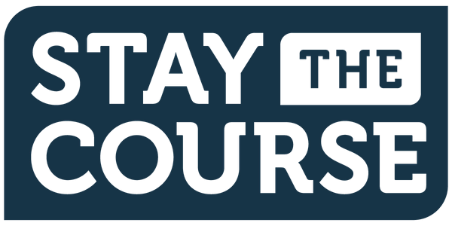
The reason most well-established companies are still struggling with navigating the new digital world is that they don’t have the resolve and discipline to redirect scarce resources and budget away from their current businesses in order to launch and scale new digital businesses. Venture capitalists call this investing in the J Curve to catch the S curve as shown on the slide below:
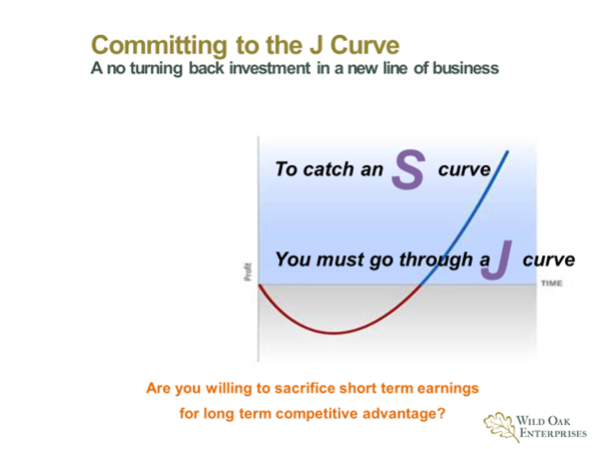
As the Microsoft example above illustrates, in order for the company to migrate its Office business from on-premise and on-desktop to the cloud and mobile devices meant sacrificing short-term revenues, margins, and profits for the promise of long-term competitive gains. Without Satya Nadella’s resolve to stay the course in the face of lower short-term results, Microsoft would never have achieved its long term gains.
In 2013 with revenues of $4 billion, Adobe Systems embarked on a major transition from a product/license sales model to a cloud-based subscription model. Revenue shrank 8% in the first year and was flat in 2014. The skeptics and naysayers’ voices rang loud and clear.
Bolstered by the resolve of CEO, Shantanu Narayen, his senior leadership team, and their board, they stayed true to their strategic intent of shifting their business model and Adobe’s revenues reached $6 billion in 2016. Eighty percent of those revenues came from subscriptions and recurring sources. Today Adobe’s revenue are over $11 billion and the stock is trading at an alltime high of $630 per share.
Salesforce renews its strategic intent every year
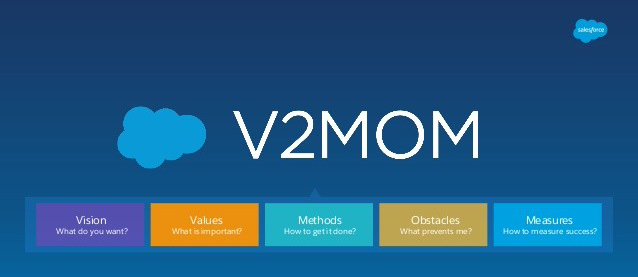
Marc Benioff, CEO of Salesforce, created a five step framework called V2MOM (Vision, Values, Methods, Obstacles, and Measures) that enables him and his senior leadership team to renew their strategic statement of intent every year. He describes the value and benefit V2MOM has brought to company this way:
“Everything we do in terms of organizational management is based on V2MOM. It is core to the way we run the business; it allows us to define our goals and organize a principled way to execute them; and it takes into consideration our constant drive to evolve. It allows us to maintain cohesive direction against a backdrop that is constantly changing.”
Each year, Marc himself starts by writing a one page V2MOM for the entire company. He then gives it to each of his direct reports and asks them to identify the specific methods for their group and who will be accountable for implementing them. He then takes his expanded leadership team away for a three-day offsite meeting where they go through the V2MOMs to achieve full enterprise-wide alignment and commitment to their strategic intent for the next 12 months.
Salesforce’s industry leading annual revenue growth, as shown on the chart below, is a testament to the ability to create sustainable business growth momentum:
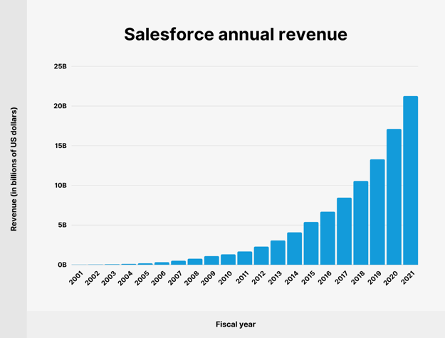
Short-term earnings performance vs. long-term competitive advantage
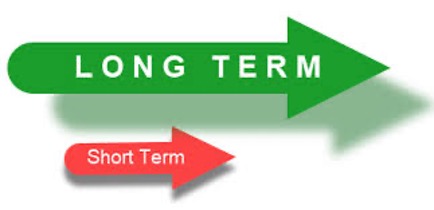
As these examples illustrate, the single biggest leadership challenge facing CEOs and other C-Suite leaders in well-established companies is how to find the right balance between funding the businesses they have versus making significant enough investments in next generation businesses so they can deliver material revenues and profits.
Making a transition of this magnitude and impact not only requires strong leadership and resolve but increasingly a leader willing to put a stake in the ground and make a clear and compelling statement of intent. It is becoming clearer by the day that this approach is redefining the winners and losers in the new age of digital disruption.
As always, I am interested in your comments, feedback and perspectives on the ideas put forth in this blog. Please share them with me on linkedin. And, if this content could be useful to someone you know please share it here:



